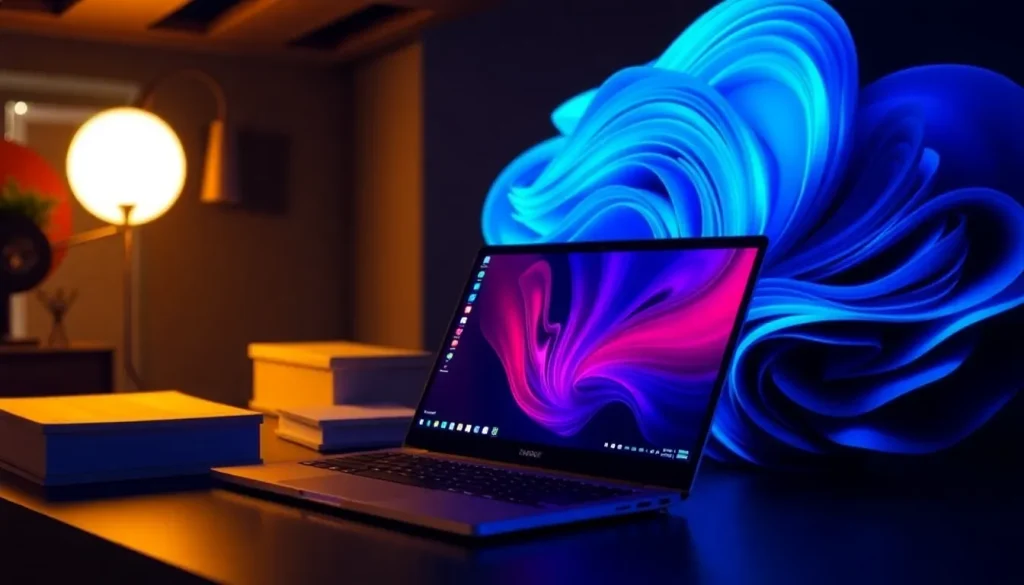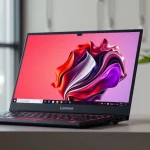Tariffs and Windows 10 Transition Impacting PC Sales Trends

The landscape of PC sales in the United States is currently a study in contrasts, marked by both enthusiasm and hesitation. As consumers gear up for the Windows 10 to Windows 11 transition, many are eager to make purchases before the impending changes. However, the market is also feeling the effects of earlier tariff-driven buying sprees that have led to a slowdown in sales as the year progresses. Understanding the factors at play can provide a clearer picture of what to expect in the coming months.
Current trends in PC sales
According to recent data from Canalys, PC shipments in the U.S. experienced a slight decline of 1.4% in the second quarter of 2025, totaling 18.6 million units. This downturn is attributed to a temporary surplus of PCs caused by previous tariff-driven purchases. Despite this recent dip, experts maintain a positive outlook, forecasting a rebound in sales as the transition to Windows 11 gains momentum. Projections suggest that total PC sales for the year could reach approximately 71.04 million units, reflecting a 2.6% increase from the previous year.
Impact of tariffs on consumer behavior
Tariffs have played a significant role in shaping consumer purchasing patterns in the tech industry. As prices for certain components rose due to tariffs, many consumers rushed to buy new PCs to avoid higher costs. This early surge has, however, contributed to the current market slowdown as inventories became bloated.
- Increased prices for imported components.
- Consumer anxiety leading to preemptive purchases.
- Market adjustments as consumers hold off on further purchases.
These tariffs, while initially boosting sales figures, have created a complex scenario where consumers are now pausing before committing to further purchases, preferring to wait until their existing devices are underperforming or fail completely.
The Windows 10 to Windows 11 transition
The transition from Windows 10 to Windows 11 has not been as abrupt as some might have expected, largely due to Microsoft's strategic concessions. While the company has advocated for the shift, they have also introduced measures to ease the transition:
- Activation of Windows Backup to facilitate upgrades.
- Offering 1,000 Microsoft Reward points to extend Windows 10 support for an additional year, without charge.
- Communicating clearly about the benefits of upgrading to Windows 11.
This approach has led to a more measured consumer response regarding the end-of-life for Windows 10, tempered further by broader economic concerns that have made consumers wary of spending on non-essential items.
Economic factors influencing PC purchases
The current economic climate is another critical factor influencing consumer behavior. As inflation persists and job growth remains sluggish, many consumers are adopting a cautious approach to spending. According to Greg Davis, an analyst at Canalys:
“Economic changes are likely to impact consumer spending throughout the rest of the year. Between persistent inflation and weak job reports in recent months, more consumers are exhibiting cautious spending. Premium electronics are not being prioritized as much as essentials like food and energy.”
Future predictions for PC sales
Looking ahead, Canalys has made some interesting predictions regarding PC sales trends in the United States:
- 2026: Overall PC sales are expected to grow by 3.5% to reach 73.518 million shipments.
- 2027: A subsequent decline of 3.7% is anticipated, bringing sales down to 70.793 million units.
- For consumer PCs specifically, a dip of 3.9% is predicted in 2025, followed by a recovery of 5.4% in 2026.
This forecast highlights the cyclical nature of the PC market, where periods of growth can be followed by declines, influenced by various economic and technological factors.
Understanding consumer priorities
As the market continues to evolve, it’s crucial to consider what drives consumer decisions in purchasing PCs. The following factors are top of mind for many buyers:
- Performance and longevity of existing devices.
- Economic stability and disposable income.
- Price sensitivity due to tariffs and market fluctuations.
- Awareness of upcoming software updates and features.
Consumers are increasingly focused on getting the most value from their investments, often delaying purchases until absolutely necessary. This trend can significantly shape sales trajectories in the coming years.
Video insights on market dynamics
To gain a deeper understanding of how tariffs are influencing computer prices and sales, you might find this insightful video helpful:
This video explores the broader implications of tariffs on consumer electronics and offers perspectives that can inform future purchasing decisions.
The broader implications for the tech industry
The fluctuations in PC sales and consumer behavior have broader implications for the technology industry as a whole. Companies must adapt their strategies to navigate the complexities of tariffs, economic uncertainty, and changing consumer priorities. Key considerations include:
- Developing pricing strategies that account for tariff impacts.
- Enhancing consumer education about product life cycles and software updates.
- Innovating to meet consumer demand for performance and value.
Understanding these dynamics will be critical for manufacturers and retailers as they respond to a changing landscape and seek to bolster sales in an uncertain economic environment.




Leave a Reply